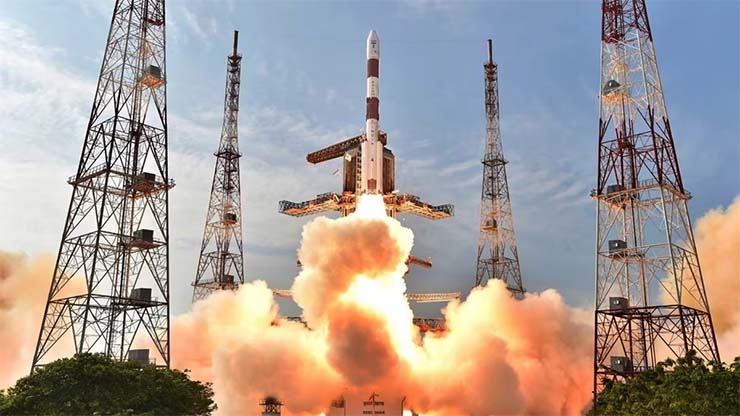Live Classes

Space used to be the final frontier but its increasing exploration has changed that, replacing a romantic notion with narratives with financial, socio-economic, and geopolitical implications. Space technologies and space flight are expensive, risky endeavours that only national agencies were suited to engage in for decades. This is no longer true as private sector players are increasingly expected to complement, augment, and/or lead the way by identifying market opportunities and innovating rapidly. India started on this path in 2020 with state-led reforms that opened its space sector to private companies, then releasing the ‘Geospatial Guidelines’ and later the ‘Indian Space Policy’, creating the Indian National Space Promotion and Authorisation Centre (IN-SPACe), and passing the Telecommunications Act 2023 that, among other departures from the Indian Telegraph Act, 1885, provided for satellite broadband services. On February 21, the government opened the door to 100% foreign direct investments (FDI) in the “manufacturing of components and systems/sub-systems for satellites, ground segment and user segment” — up to 74% in satellite-manufacturing, operations, and data products; and up to 49% in launch vehicles, space ports, and their corresponding systems. As such, by stepping out of the way and allowing substantial FDI via the automatic route, the government has taken the logical next step in spurring the contributions of private space flight operators, technology-developers, and application designers to the national space economy, in line with ambitions outlined in the Space Policy.
The decision gives India the ability to take advantage of its less vitiated foreign ties to catch up with China’s more advanced position as a space power. While the Chinese programme benefits from not-inconsiderable private sector participation, its ability to attract foreign investments is hamstrung by its belligerent foreign policies and the Xi Jinping administration’s plan to modernise the military by, among other things, adapting civilian technologies for military use, though other countries, including the U.S., have similar policies. According to IN-SPACe chairman Pawan K. Goenka, a “significant” slice of the $37.1 billion that the space sector raised worldwide in 2021-23 went to space start-ups. Against this extended backdrop, new investments can add to India’s space economy by improving start-ups’ access to talent and capital; effecting a better balance between upstream and downstream opportunities, versus the current skew in favour of the former; boosting local manufacturing; and improving investor confidence. Finally, to sustain these winds of change, the government must keep the regulatory environment clear, reduce red tape, increase public support, and ease Indian companies’ ability to access foreign markets.
Download pdf to Read More